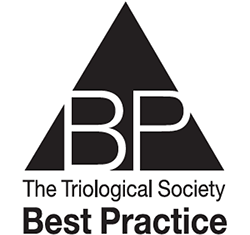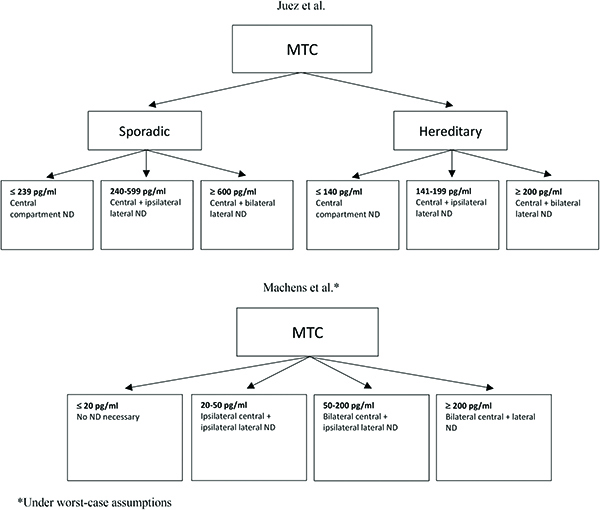Chronic rhinosinusitis (CRS) is among the most prevalent chronic medical conditions globally. A survey of Canadian households reported the prevalence of CRS to be 5%. CRS is a clinical syndrome defined by persistent symptomatic inflammation of the mucosa in the nasal cavities and sinuses. A common subtype of CRS is CRS with nasal polyps (CRSwNP), which is identified through endoscopy or imaging

